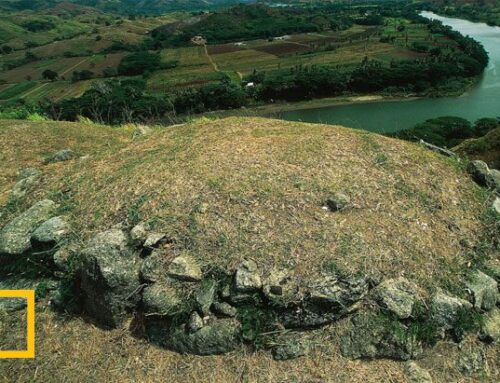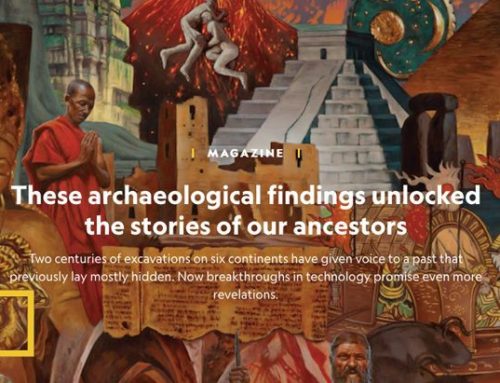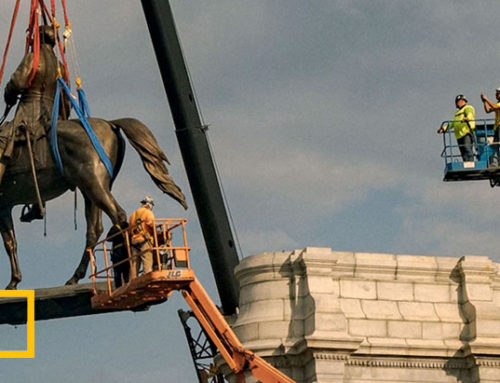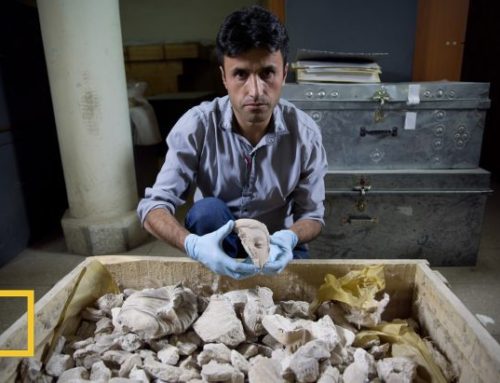In 1900, the dreaded Black Death showed up in California, setting off a two-year political firestorm.
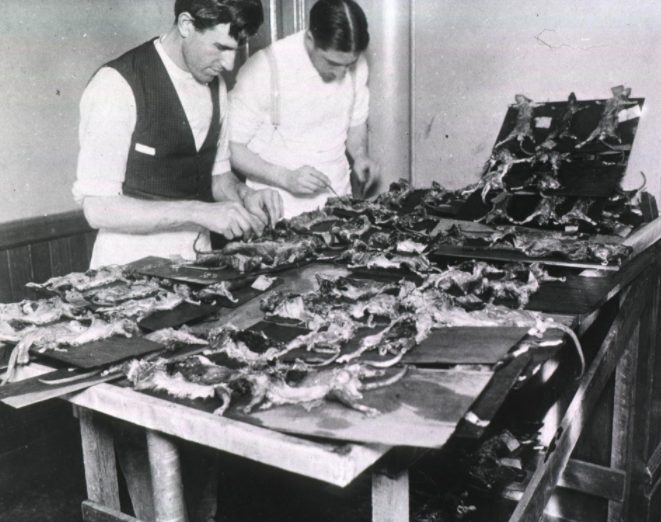
Rat dissections in the early twentieth century were key to tracking the spread of bubonic plague, since infected rodents were the primary carriers of the deadly bacteria.
On March 6, 1900, the body of a 41-year-old Chinese-American worker named Chick Gin was found in the basement of a hotel in San Francisco’s Chinatown. While writing up the death certificate, a city doctor noticed strange nodules on the corpse. Tests at a municipal lab showed that the cause of death was the dreaded bubonic plague, the first case ever identified on American soil. The city’s newly founded Board of Health immediately put Chinatown under a strict quarantine.
Over the next two years followed an extraordinary struggle between California officials who denied the existence of plague and federal scientists who fought to stop the growing epidemic. The resulting nationwide controversy drew in the president and nearly two dozen governors, and ultimately forced California’s governor from office—but not before a leading scientist was demonized and more than a hundred victims had died of the grisly disease.
“Apprehension that an epidemic might generate widespread furor, and cause severe economic consequences, encouraged the business interests to deny the truth,” wrote the late Philip Kalisch, a University of Michigan historian who studied the event.
Black Death comes to America
What was called the Black Death in medieval times was then raging across Asia. Millions had died, and U.S. public health officials had long feared that it could make its way across the Pacific to West Coast ports. The highly infectious disease, typically carried by rodents, was usually fatal.
But then, two days after Gin’s body was found, the San Francisco Chronicle published a front-page story with the headline, “Plague Fake is Part of a Plot to Plunder.” Local businessmen feared that news of a plague outbreak would ravage the economy, and they hotly disputed the claim by the city’s Board of Health. Under their pressure, the city lifted the quarantine the next day. The newspaper celebrated the decision, complaining that it had caused “vast injury to business.”
Another local publication, the Bulletin, at the same time insisted that plague was, in any case, less dangerous than “measles, mumps, or any of the common ills we know of.” The newspaper added with alarm that news of the plague was diverting both tourists and cargo from the bustling port.
On March 11, a federal official named Joseph Kinyoun confirmed that Gin had died of plague. Kinyoun led the port’s Marine Health Service, the federal office responsible for dealing with disease threats that could enter through the nation’s ports. A respected physician, he had helped found the U.S. Hygienic Laboratory that led to the National Institutes of Health.
More deaths from plague followed. In May, Kinyoun warned the surgeon general that the outbreak was turning into an epidemic. “I have to request the matter be brought to the attention of the President,” the surgeon general wrote to his superior, the Secretary of the Treasury, on May 21. He asked that the president approve “such regulations as may be necessary to prevent the spread of this disease.” (This is how some cities “flattened the curve” when the flu pandemic hit 18 years later.)
President William McKinley agreed to the request that day. But the federal government was reluctant to take dramatic steps that might anger California’s Republican governor, Henry Gage, and the state’s powerful business community. Its actions were limited to re-imposing the quarantine on Chinatown while using armed patrols to halt movement of all Chinese into and out of the city.
San Francisco’s supervisors continued to insist that there was no epidemic, only a few isolated cases that had been contained. And the Chinese community fought back against what its leaders saw as blatant discrimination. A court ordered the quarantine lifted on June 15, siding with a Chinese business association that claimed it was based on race rather than science. The judge also ruled that there was insufficient evidence to prove the plague’s existence. Even the Pacific Medical Journal denied there was an epidemic, claiming that the plague tests were faulty.
The stakes were high: Other nations were considering halting trade with California, and tourism was slumping. Newspapers like the Chronicle continued to insist that claims of plague were part of a secret effort to undermine the city’s economy.
Kinyoun quickly became the prime target of the naysayers, despite his sterling credentials. He had studied with plague experts in Europe—including one of the two men who discovered the bacillus that caused the disease—and had been put in his position specifically to safeguard California from the expected arrival of plague. When he refused to accept bribes to falsify his data, he was mercilessly attacked in print as corrupt and incompetent, and even suspected of planting the bacillus on Gin’s corpse.
Kinyoun continued to report to the surgeon general on the epidemic. In October, he noted three more individuals with plague. “All cases terminated fatally,” he wrote. “The area of infection is gradually growing wider.”
The following January, Governor Gage publicly castigated “the plague fakers” and accused Kinyoun by name of giving a “post-mortem inoculation” using “imported plague bacilli.” Such a crime, he added, was a felony with a punishment of life imprisonment. Kinyoun was later briefly arrested by state officials.
Other states get worried
A commission appointed that month by the Secretary of the Treasury to determine the truth about the plague prompted Gage to send an angry telegram to President McKinley insisting that the commission was an insult to the state of California. The president feared alienating Gage, so the treasury secretary responded that the panel’s results would be kept secret. In exchange for this silence, Gage would conduct sanitary operations in Chinatown.
The panel found six new cases of plague, but the Marine Health Service was ordered by Washington not to mention plague. Kinyoun was ignominiously transferred to Detroit.
“Dr. Kinyoun’s offense was that he simply told the truth, and did not actively go to work to suppress it,” concluded an editorial in the Journal of the American Medical Association. Governor Gage continued to refuse to admit the existence of plague in his state, despite new cases reported to his office but which were not publicized.
The White House declined to put pressure on California, but other governors knew about the plague and feared the consequences of an epidemic sweeping the country. In January 1903, more than 20 state delegations met in Washington, D.C. to warn that they would quarantine California unless quick action was taken, and singled out Gage for criticism. He continued to blame Kinyoun and the federal government for creating a fake crisis.
By then, however, Gage’s obstruction had alienated even his own Republican Party. He was denied a second run at the governor’s office. The new governor—a medical doctor—took more decisive steps, including a more thorough attack on the city’s rat population. The last plague case in the epidemic was reported in early 1904. In the end, 121 cases were recorded, almost certainly a serious undercount, with only two surviving the illness.
Kinyoun’s career never recovered. But his earlier accomplishments in bringing first-class research to the health sciences field were not forgotten. In a 2012 paper, two researchers praised a man they called “the forgotten forefather” who helped birth the National Institutes of Health. One of the paper’s co-authors was Anthony Fauci, now a leading member of President Trump’s coronavirus task force.
